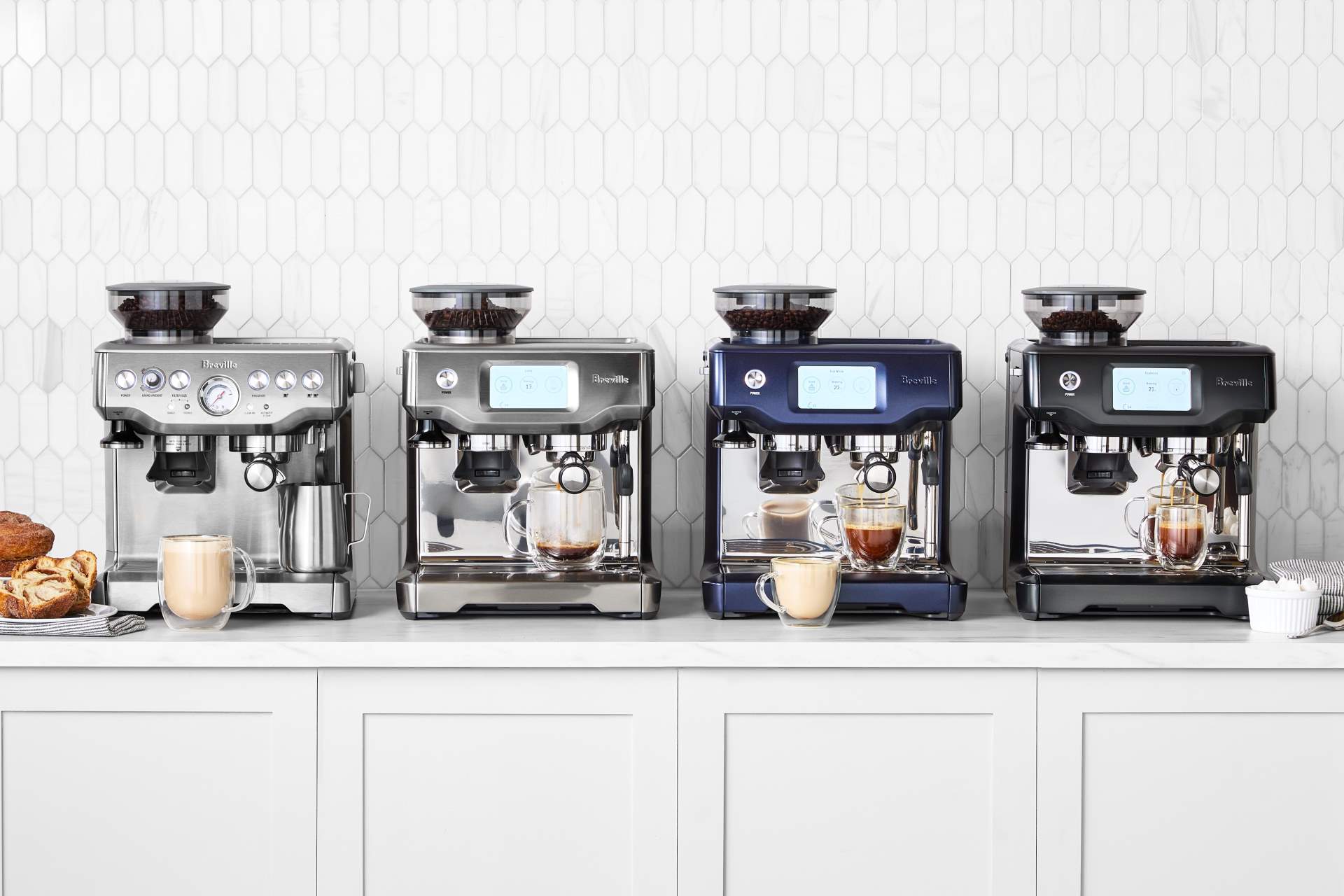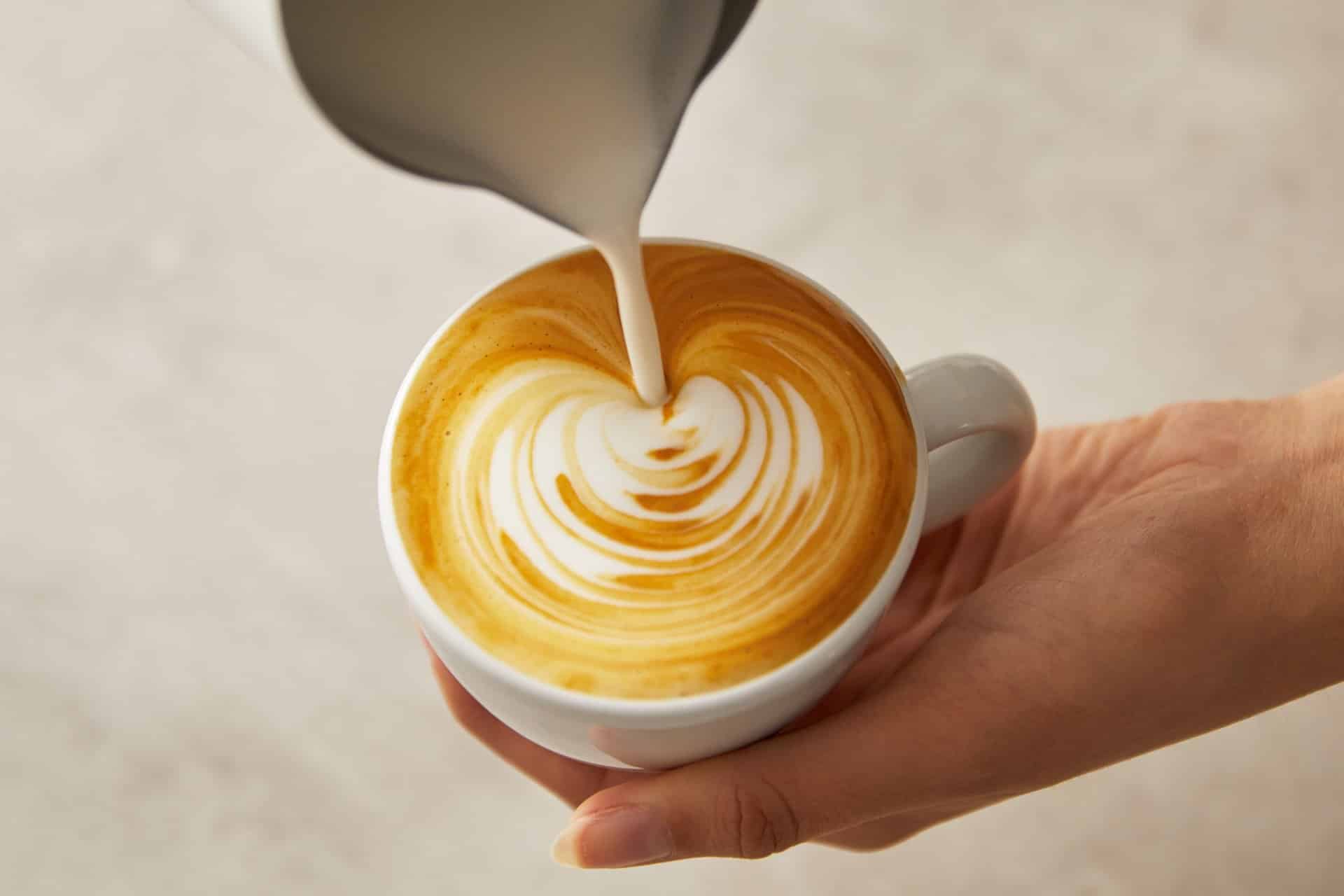Your morning brew, made by you, perfected by Breville.


In recent years, the milk aisle and the counters of your favorite coffee shops have transformed dramatically, offering a kaleidoscope of alternatives to traditional dairy milk. Oat, almond, hemp—these are just a few of the options now available, each boasting its unique profile and promise of a different coffee experience.
But beyond their health and environmental benefits, have you ever wondered how each of these alternatives affects the flavor and texture of your beloved coffee? The differences go beyond just taste: they extend to the very heart of your coffee’s character—its body, creaminess and even the artful foam atop your cappuccino.
This guide is set to demystify the world of milk options, both dairy and non-dairy, to help you understand the nuances of how they foam, the distinct flavors they impart and their overall impact on your coffee.
Hungry for more? We’ve got everything you need for that perfect cup o’ joe—from espresso machines and automatic coffee makers to kettles and frothers.
When it comes to crafting the perfect frothy beverage, not all milks are created equal.
The ability of milk to foam—creating that delightful, airy texture atop your espresso or latte—depends on several key factors. Understanding these can help you choose the right milk for your coffee, ensuring the texture and foam quality are just to your liking.
Protein is the star player in the foaming game. It’s responsible for stabilizing the air bubbles that form the foam.
When milk is frothed, the proteins unfold and rearrange themselves around the air bubbles, preventing them from popping and creating a stable foam. Milks with a higher protein content, such as soy and pea milk, generally produce a firmer and more durable foam. In contrast, milks with a lower protein content might struggle to hold the foam as well.
Fat plays a dual role in foaming: It enriches the flavor and texture of the foam, but can also weigh it down, making it harder to achieve that light, airy quality.
High-fat milks can create a creamy, rich foam, but they might not achieve the volume or stability of lower-fat alternatives. This is why baristas often prefer skim milk for dairy-based foams; it strikes a good balance between foamability and texture.
Temperature significantly influences the foaming process.
Cold milk generally foams better because the proteins are in a more stable state and can more easily encapsulate air. However, if the milk is too cold, it can take longer to foam. Conversely, milk that’s too warm may not foam as well because the proteins have begun to break down. Finding the sweet spot, usually between 140°F and 158°F, is key to achieving perfect foam.
While not as crucial as protein or fat, the sugar content in milk can affect both the taste and the stability of the foam. Natural sugars can help to stabilize the foam slightly, but added sugars or sweeteners can make the milk more viscous, impacting how air bubbles form and persist.
For non-dairy milks, ingredients such as emulsifiers and stabilizers can impact foaming ability. These additives can help non-dairy milks to better mimic the foaming characteristics of dairy milk.
The composition and concentration of these ingredients vary widely among brands, leading to significant differences in foaming performance—even within the same type of milk alternative.
The flavor profile and foaming capabilities of milk and milk alternatives can vary dramatically, affecting the overall sensory experience of your coffee. Here’s a closer look at some popular milk options—highlighting both their taste and how well they foam—to help you make an informed choice for your next brew.
When selecting milk for your coffee, consider both the flavor it will impart and how well it will foam. While dairy milk has long been the standard for its reliable taste and foaming ability, non-dairy alternatives have made significant strides in both areas.
Brands often offer “barista” or “professional” versions of almond, soy, oat and other milks, which are formulated to foam more effectively and integrate seamlessly into coffee drinks.
Mastering the art of foaming non-dairy milks can elevate your coffee experience, allowing you to enjoy your favorite plant-based alternatives with the rich, creamy texture you love. Here are some expert tips on equipment, technique and temperature to help you achieve perfect foam every time.
Equipment
Technique
Temperature
Non-dairy milks often foam best at slightly lower temperatures than dairy milk. Aim for around 131°F to 149°F, but be aware that overheating can lead to separation and a burnt taste.
Specific tips for non-dairy milks:
Remember, the ideal conditions for foaming can vary between brands and even batches. It’s worth experimenting with your equipment and technique to find the perfect approach for your favorite non-dairy milk. With a little practice, you’ll be able to create beautiful, barista-quality foam at home, adding a luxurious touch to your coffee, latte or cappuccino.
Hungry for more? We’ve got everything you need for that perfect cup o’ joe—from espresso machines and automatic coffee makers to kettles and frothers.
Join The Conversation